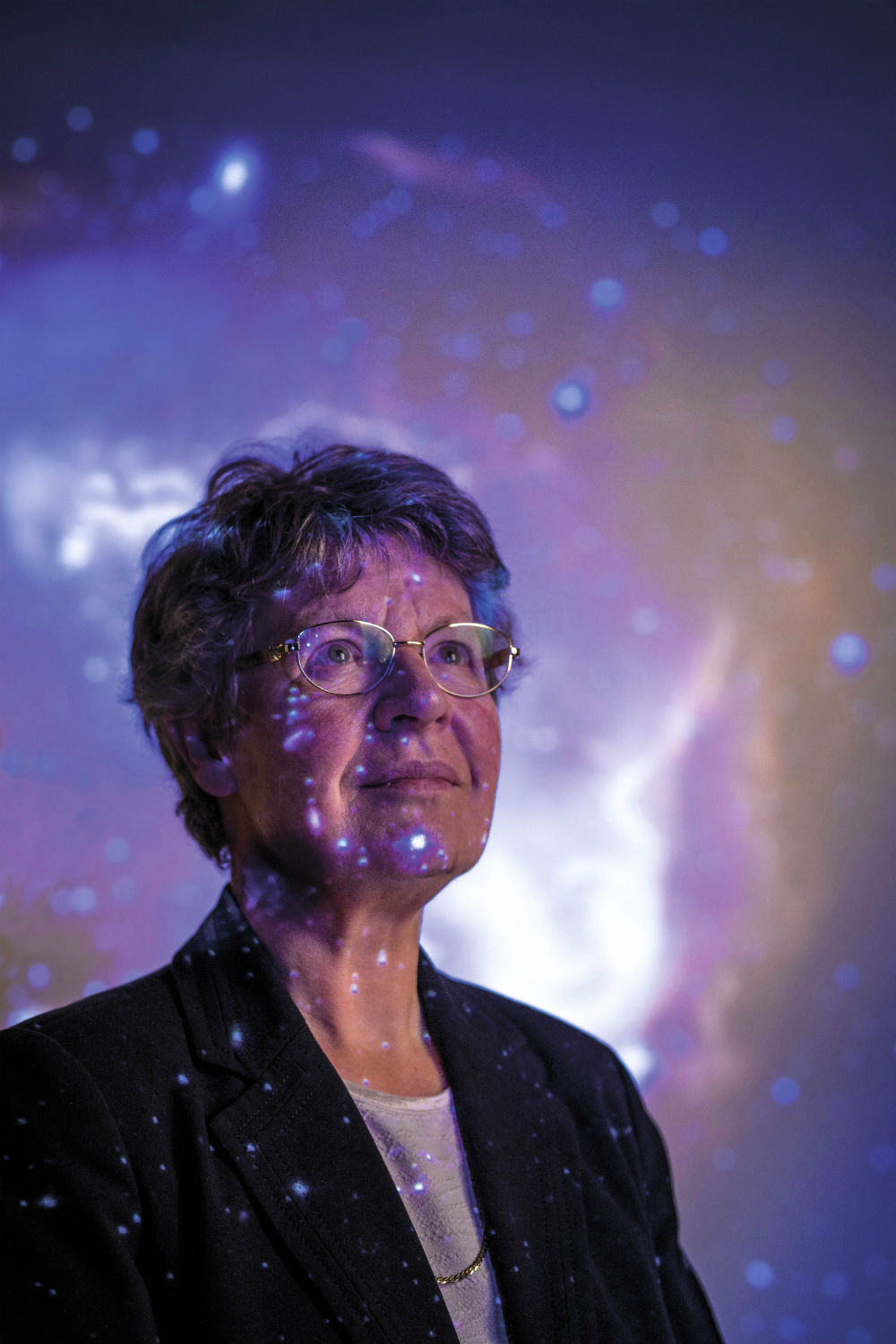
Professor Dame Jocelyn Bell Burnell set to shine light on darkening universe at prestigious
Jocelyn Bell Burnell earned her bachelor's degree in physics in 1965 from the University of Glasgow. She than went on to earn a Ph.D. in radio astronomy from the University of Cambridge in 1969. At the University of Cambridge, she spent two years building a 81.5-megahertz radio telescope that was designed to track quasars. Her job was to.

Extraordinary astrophysicist Jocelyn Bell Burnell awarded 3 million TekTimes
Back in September, Deirdre Kelleghan wrote a post on Jocelyn Bell Burnell, who had just been honored with a big award, the 2018 Breakthrough Prize in Fundamental Physics, in honor of her role in the discovery of pulsars in 1967. The Royal Society, of which Burnell is a member, calls the discovery of pulsars "one of the greatest astronomical discoveries of the twentieth century".
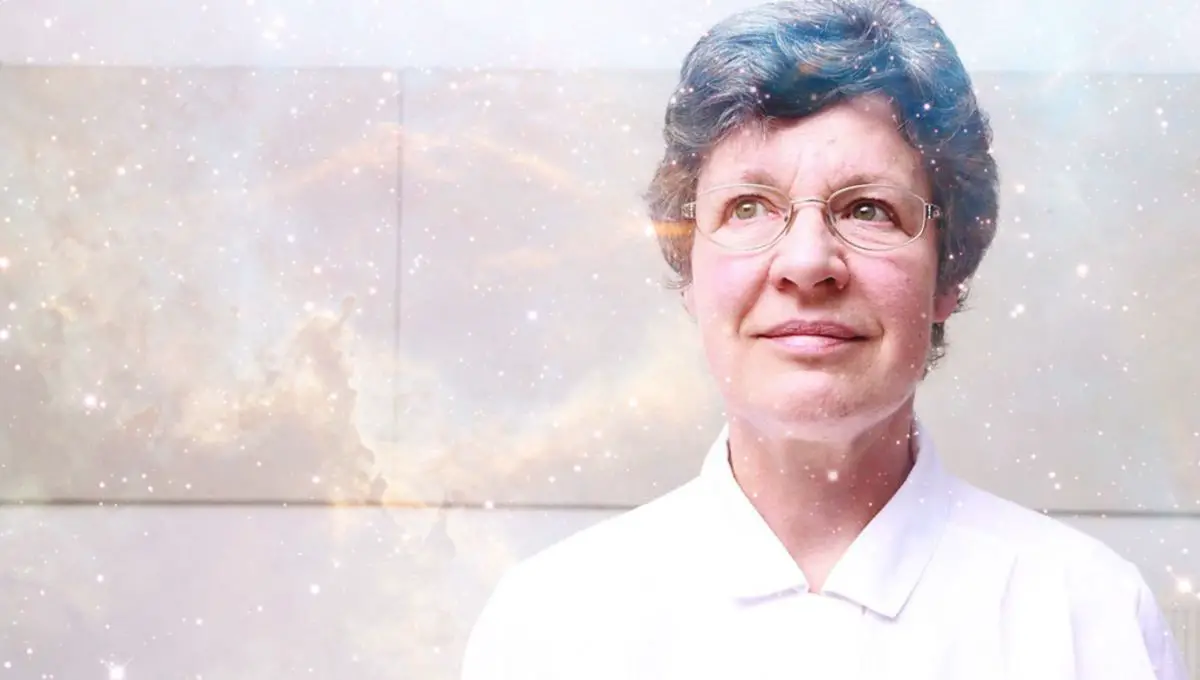
JOCELYN BELL BURNELL TODA LA INFORMACIÓN SOBRE ELLA
Jocelyn Bell Burnell es una astrónoma de Irlanda del Norte que es más famosa por el descubrimiento de los púlsares . Tiene una licenciatura en física de la Universidad de Glasgow y un doctorado. de la Universidad de Cambridge. Descubrió evidencia de púlsares cuando aún era una estudiante de posgrado en Cambridge, y aunque Anthony Hewish.

Jocelyn Bell Burnell
The Nobel Prize is infamous for snubbing women in the sciences. Just ask astrophysicist Dame Susan Jocelyn Bell Burnell, whose groundbreaking discovery of pulsars was overlooked when her male.
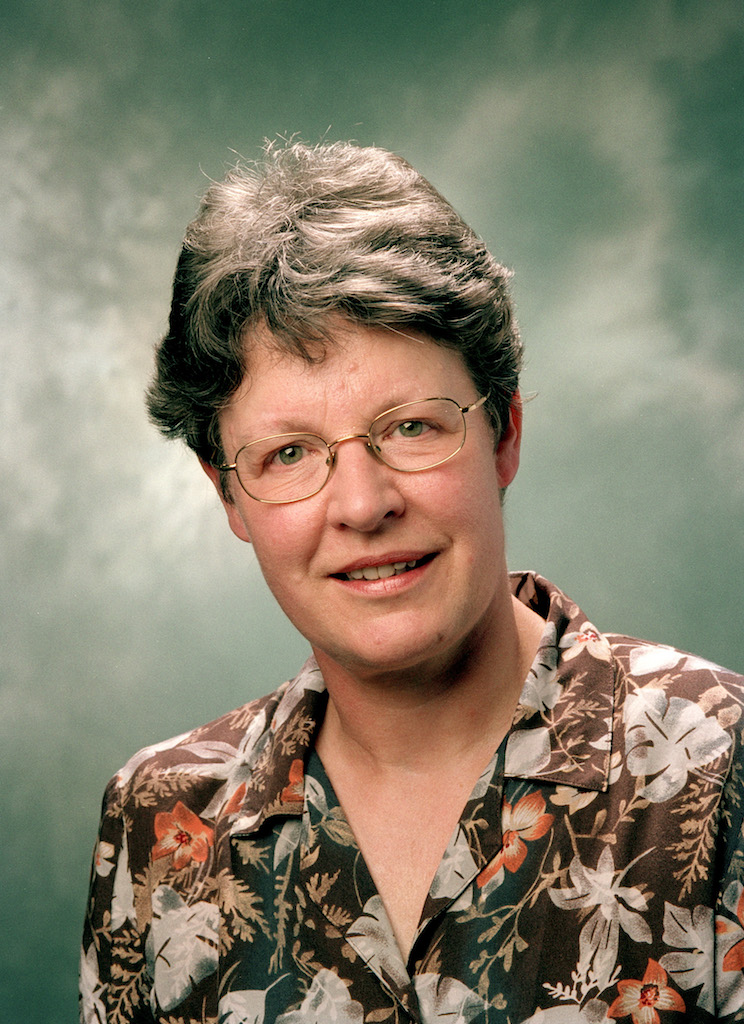
Jocelyn Bell Burnell Wins 3 Million Prize News For Kids
By Sarah Strassler " Women should not have to do all of the adapting. It is time for society to move toward women, not women toward society" - Jocelyn Bell Burnell When a star dies, it leaves behind a stellar "corpse" in the form of a dense core with a strong magnetic field - more than 10,000 times stronger than the magnets used at the junkyard to lift cars.

Professor Dame Jocelyn Bell Burnell set to shine light on darkening universe at prestigious
The Royal Society has unveiled a portrait of trailblazing astrophysicist Dame Jocelyn Bell Burnell, who is credited with one of the most significant scientific discoveries of the 20th century. Today's unveiling of the oil painting by artist Stephen Shankland marks the date over 50 years ago when Dame Jocelyn, aged just 24, discovered a new type.

Matematiza tu realidad Jocelyn Bell Burnell
Jocelyn Bell nació el 15 de julio de 1943 en Belfast, Irlanda. Fue la mayor de cuatro hermanos. Belfast es la capital de Irlanda del Norte. Crédito: web astrojem.com. Cursó la enseñanza primaria en su ciudad natal en Irlanda del Norte. Cuando Jocelyn Bell cumplió los 13 años, en 1956, su padre (arquitecto) la envió al internado cuáquero.
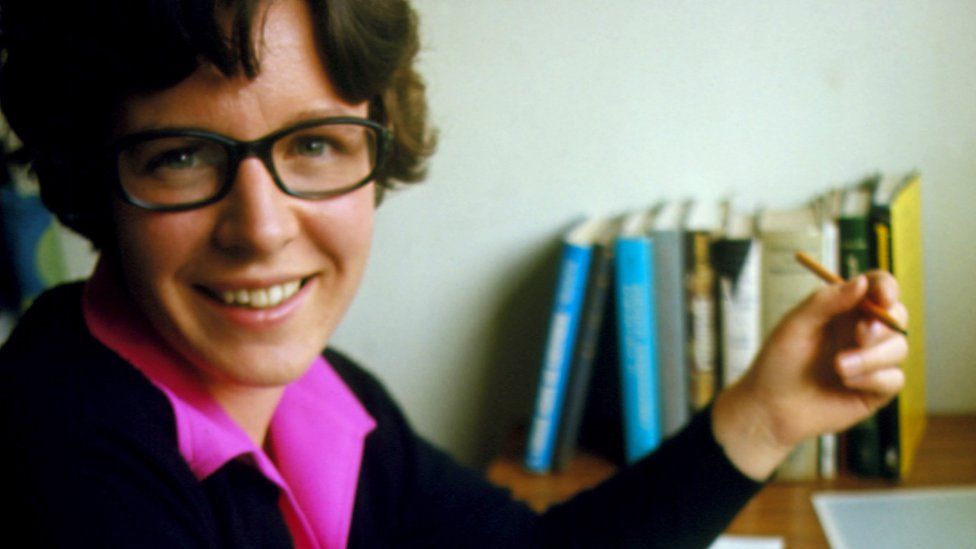
Dame Jocelyn BellBurnell Portrait honour for 'trailblazing' NI scientist BBC News
In 1967, Jocelyn Bell Burnell was a graduate student at Cambridge, working on a dissertation about strange objects in distant galaxies known as quasars. She and her supervisor, Antony Hewish, had.

She made the discovery, but a man got the Nobel. A halfcentury later, she’s won a 3 million
Bell Burnell finished her talk by listing the circumstances that she believes led to her discovery of pulsars in 1967. Chief among them was having the time and space as a graduate student to dig into anomalies with painstaking thoroughness — a thoroughness borne partially, she noted, from "imposter syndrome," from so many years of being.
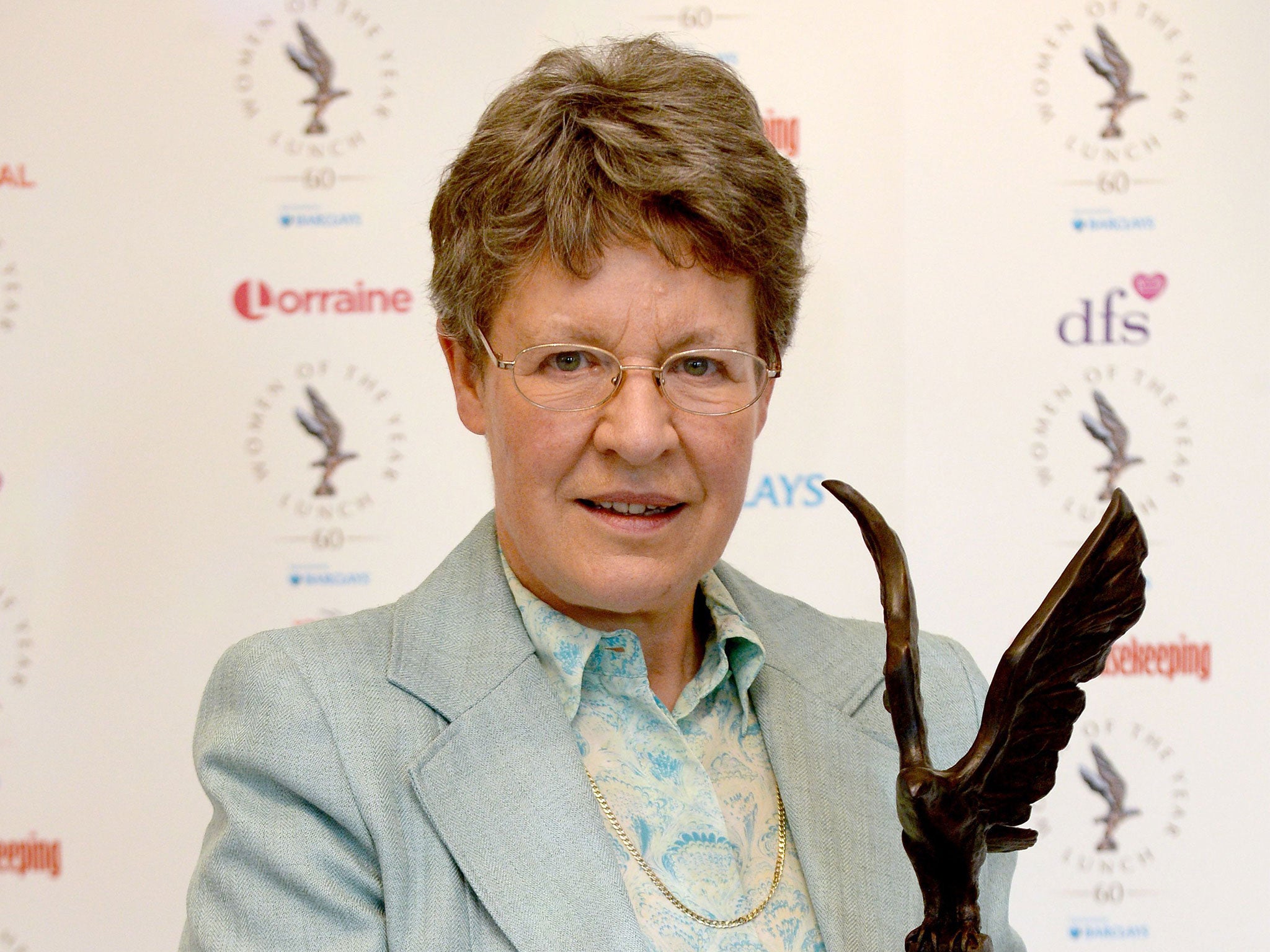
Astrophysicist Dame Jocelyn Bell Burnell donates £2.3m prize to boost diversity in science The
Jocelyn Bell, junio de 1967. Dame Susan Jocelyn Bell Burnell, de soltera Susan Jocelyn Bell ( Belfast, Irlanda del Norte, 15 de julio de 1943), es una astrofísica norirlandesa que, como estudiante de postgrado, codescubrió la primera radioseñal de un púlsar en 1967. 2 La detección de estas radiofuentes, ha permitido contrastar la teoría.
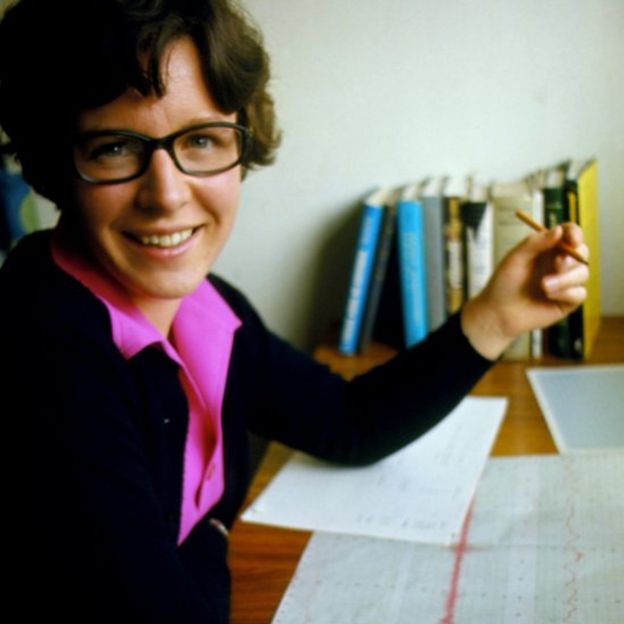
Jocelyn Bell Burnell, la astrofísica a la que no le dieron el Premio Nobel por ser mujer y
Professor Dame Jocelyn Bell Burnell discovered pulsars in 1967 while she was a postgraduate student at New Hall (now Murray Edwards College) carrying out research at Cambridge's Cavendish Laboratory with Antony Hewish. In 2018, she was awarded the Special Breakthrough Prize in Fundamental Physics for 'fundamental contributions to the discovery.
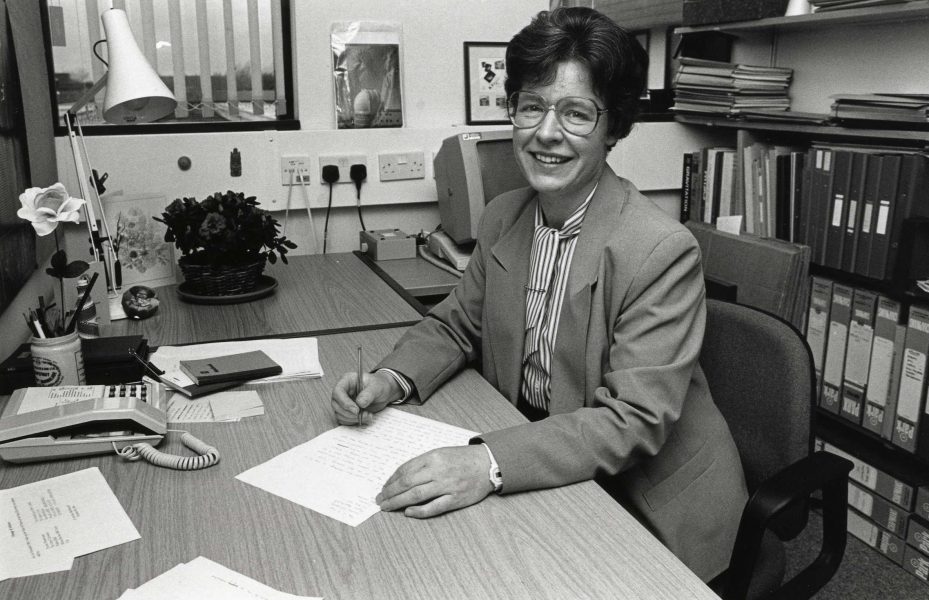
Dame Jocelyn Bell Burnell OU News
Dame Susan Jocelyn Bell Burnell DBE FRS FRSE FRAS FInstP (/ b ɜːr ˈ n ɛ l /; née Bell; born 15 July 1943) is an astrophysicist from Northern Ireland who, as a postgraduate student, discovered the first radio pulsars in 1967. The discovery eventually earned the Nobel Prize in Physics in 1974; however, she was not one of the prize's recipients.. Bell Burnell was president of the Royal.

Breakthrough Prize for Dame Jocelyn Bell Burnell In the Dark
Jocelyn Bell Burnell (born July 15, 1943, Belfast, Northern Ireland) British astronomer who discovered pulsars, the cosmic sources of peculiar radio pulses.. She attended the University of Glasgow, where she received a bachelor's degree (1965) in physics. She proceeded to the University of Cambridge, where she was awarded a doctorate (1969) in radio astronomy.
Heroínas Jocelyn Bell Burnell la astrofísica que debió ganar el Nobel
Jocelyn Bell Burnell fue totalmente ignorada por el comité del Nobel en 1974, a pesar de que fue ella quien detectó por primera vez los pulsares, estrellas de neutrones que emiten radiaciones.

Journeys of Discovery Jocelyn Bell Burnell and Pulsars YouTube
Susan Jocelyn Bell nació en Belfast, Irlanda del Norte el 15 de julio de 1943. Su padre era un arquitecto y un ávido lector. A través de sus libros, Jocelyn fue introducida al mundo de la astronomía. Su familia y los miembros del Observatorio de Armagh, el cual se encontraba cerca de Belfast, alentaron su interés por la astronomía.
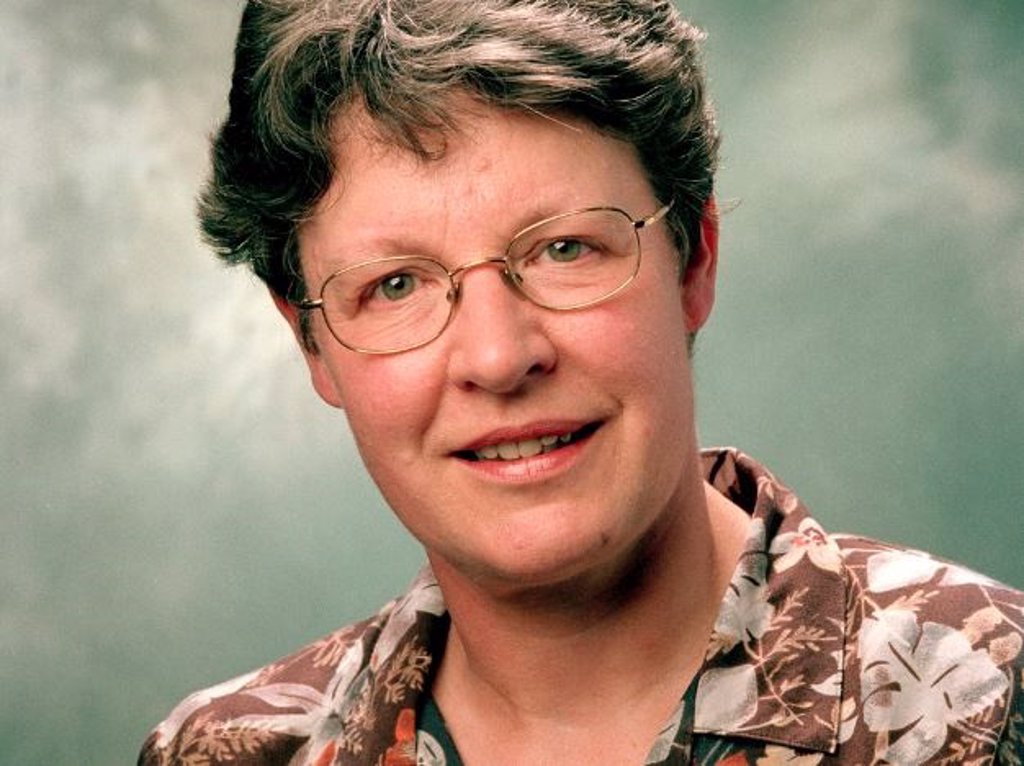
Jocelyn Bell Burnell, premio Breaktrough por descubrir los púlsares
In 1967, a student at Cambridge University came across a series of strange pulsing signals that subsequently went on to transform the world of astronomy. What Jocelyn Bell Burnell had discovered were "pulsars" - small, dense rapidly spinning stars that fire off a lighthouse-like beam of radio waves as they go round. Dame Jocelyn Bell Burnell, as she is now, returned to her old
- Peliculas Mexicanas De Los Ultimos 10 Años
- Nombre De Todos Los Demonios Que Existen
- Elementos Del Control De Una Empresa
- Elementos De La Norma Iso 9001
- Calculo De Conductos De Aire
- Que Es Sintactica Y Semantica
- Historia De La Protesis Fija Dental
- Fase De Meseta En El Hombre
- Frases Para Ahijada De Bautizo
- Al Diablo Con Los Guapos Capitulo 2 Parte 3